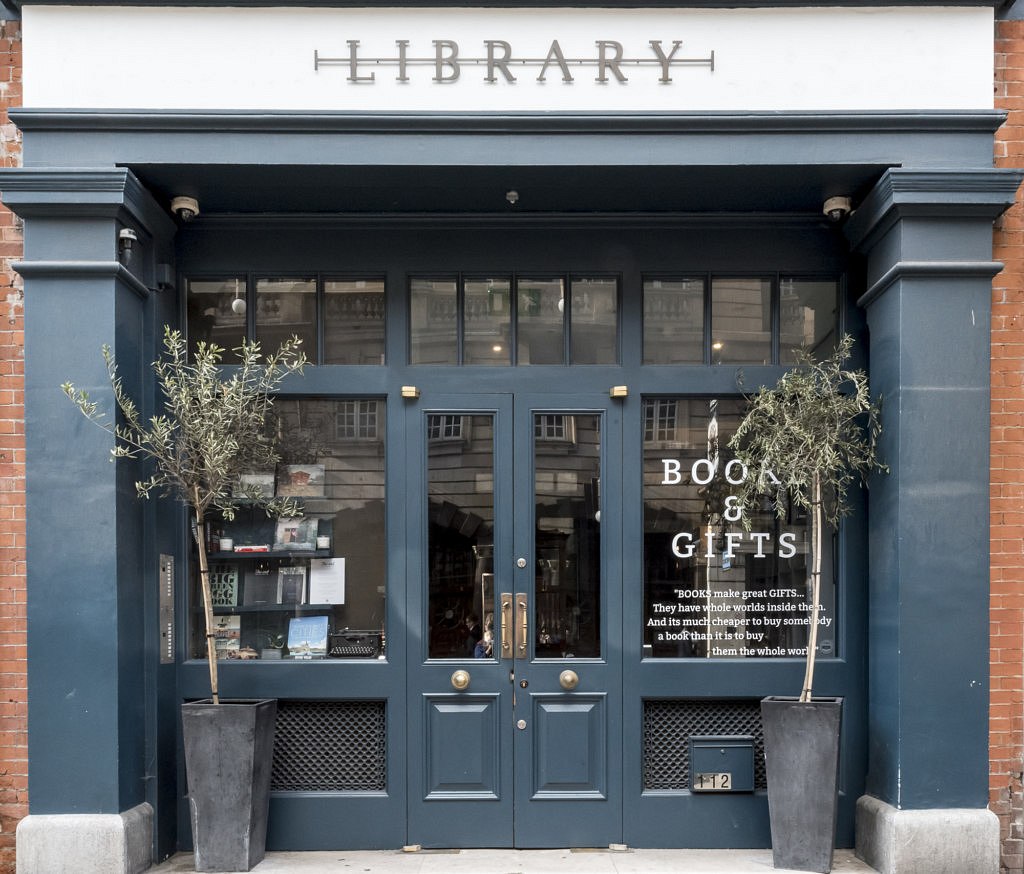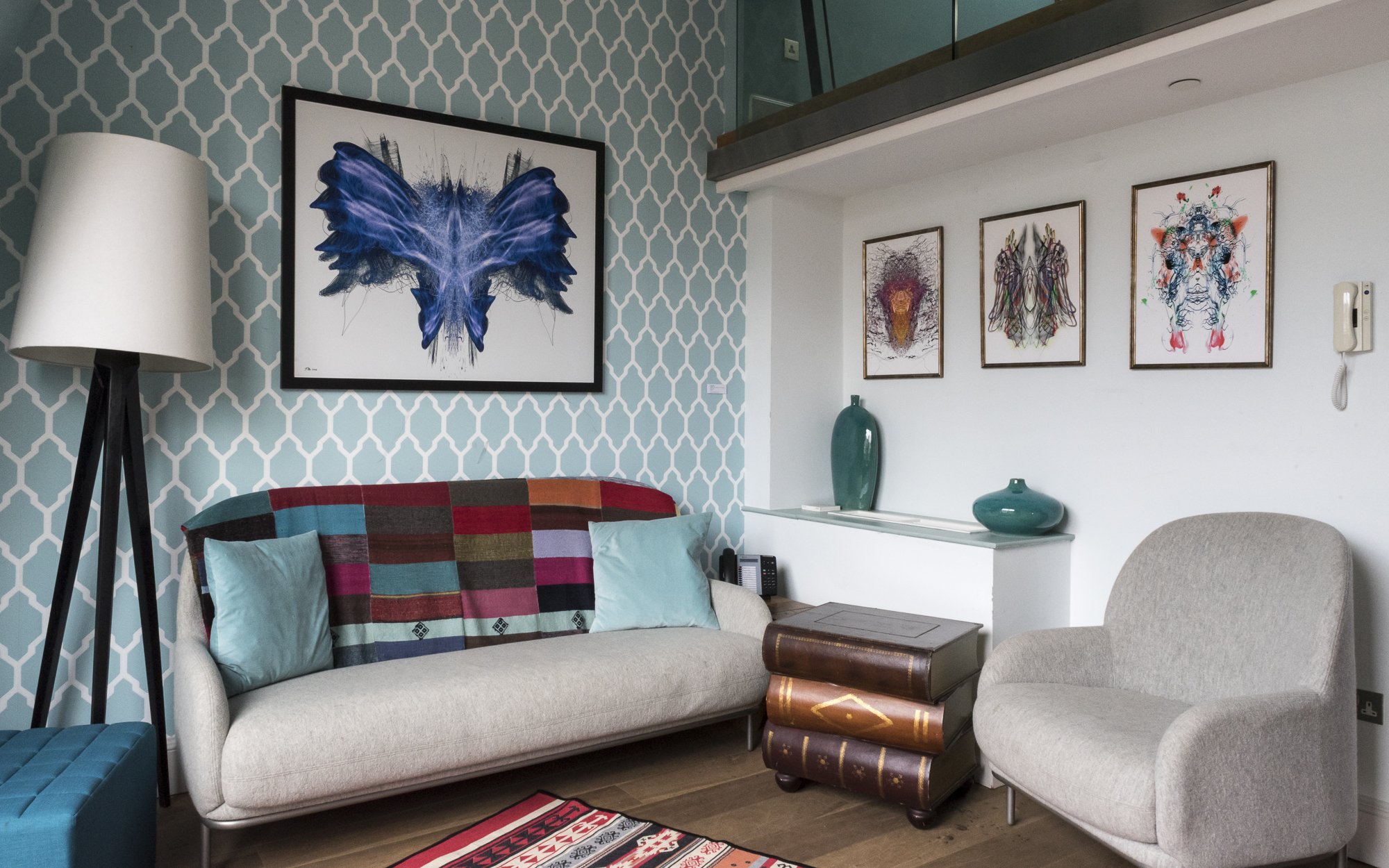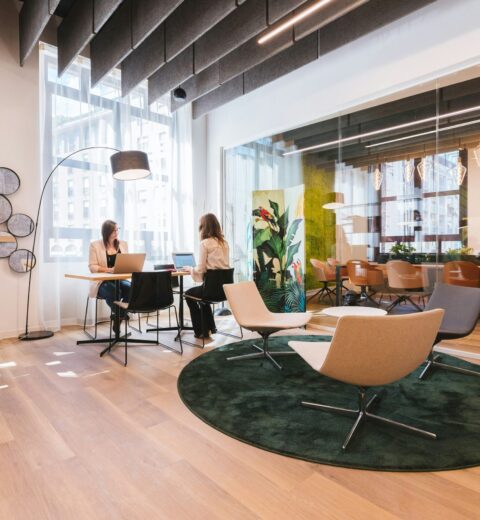A Transformative Journey in an Inspiring Space :: An Interview With Ronald Ndoro @ Library
Week 10 – London. Today, we are celebrating our tenth feature in the Workplace Series! This time, we are presenting eOffice founder Pier Paolo Mucelli’s interview with serial entrepreneur Ronald Ndoro and the story behind his private member’s club, Library.
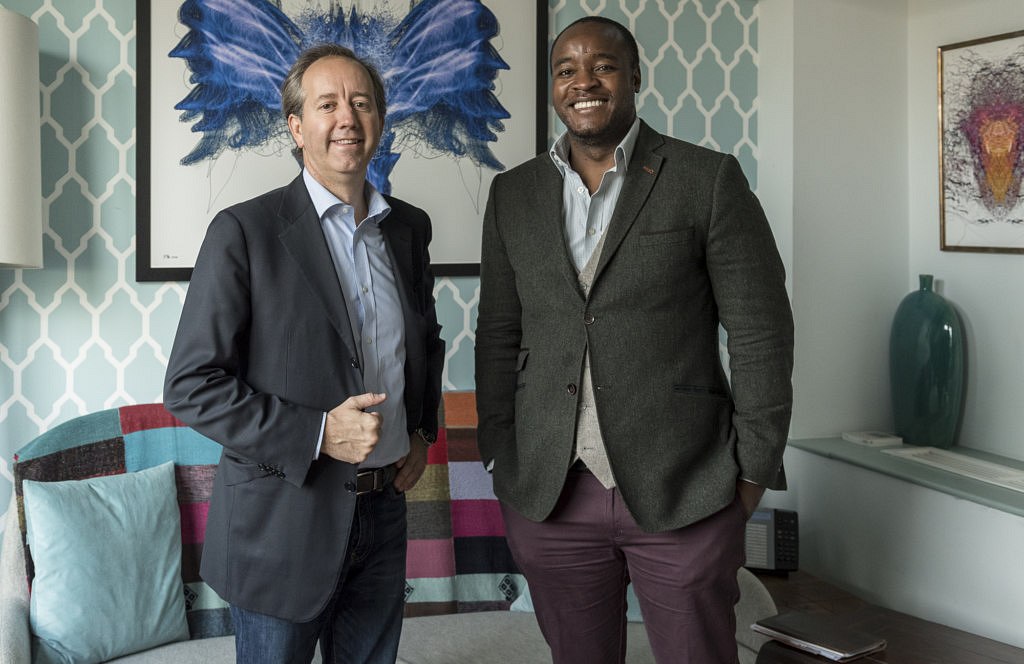
We sit down in one of the beautifully decorated bedrooms in the Library and Pier starts the interview by asking about the history of the Library and the idea behind it. Ronald explains that it all started with another private member’s club, called Apartment 58, in which he had prior to the Library. The club was located in CenterPoint, but as a result of the redevelopment in the area, Ronald went looking for a new space and stumbled upon the building in which the Library is based now.
Up until that time, Ronald had been running a charity that was based in Holloway Road, but now he decided to close that office down. The only problem was that they had thousands of books that he needed to put somewhere. Ronald starts describing his great idea to combine closing down the charity office with opening the new space. “So, I brought all the books to the club and started putting them up around. That’s when I thought it just made sense to name it Library.”
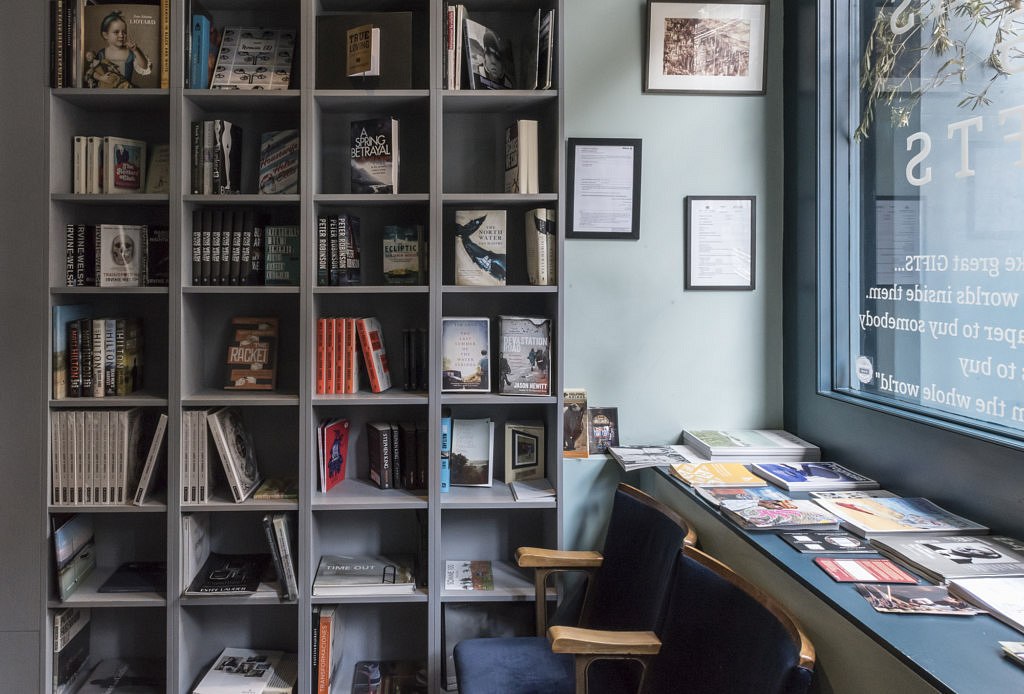
“Also, the location is great,” he continues. “We are right in the heart of theatre-land, so converting the rooms into somewhere people could stay and also go to the theatre and be able to access Trafalgar square, Piccadilly, and Leicester square within a short walk, that’s fantastic.” Ronald looks around in the room and says: “Hence the concept of the rooms, which are all named after authors and themed slightly different from each other. For instance, this room is the Achebe Suite, which is African. Therefore, it has got that direction to it in terms of fabric and little markings in order to kind of create the right mood. Such additions things could be anything from fancy chairs made by African craftsmen in Senegal to decorations from Kenya.
Another example is the Bronze Suite downstairs, which is essentially English and includes a four-poster bed and English inspired decoration. It is important to mention that all rooms look like they come together and feel like a part of the same set, but the fact that they are themed slightly different, makes them quite nice and unique.”
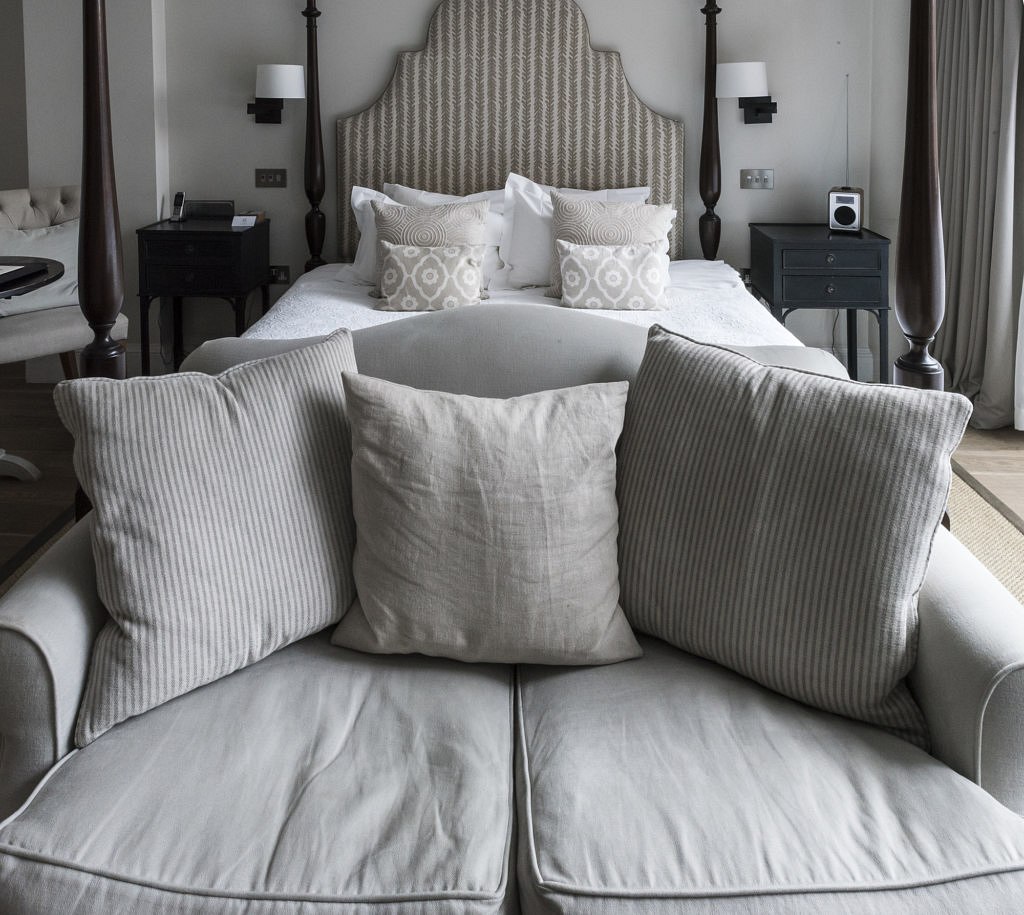
We continue on discussing the design side of the club, and Pier asks:
Can you describe the design strategy a bit further?
Ronald replies: “So, in terms of the interior design, we spent a lot of time building the space up. The focus was to try to create dark and light zones, with the concept ‘out of the dark and into the light’. The idea behind it was to design a space that transforms throughout the day and the evening, at the same time as it transforms you as a person by allowing you to experience your own personal journey. In fact, at Library you can come in, pick up a book if you want and learn something. Here you can grow and transform with the events we put on and with the contacts you meet here because everything within these walls is meant to be a transformative journey for the person that uses the space.”
“When it comes to our values, we spend a little time trying to make sure we are sustainable and green. Therefore, we upcycle and recycle a lot of stuff, including a lot of furniture downstairs that we have sourced from a charity called Off The Hook. Also, before we opened Library we had a few events. So, what we did is that we took all the used bottles and crushed them for the sake of using the broken glass to create our two bars. Again, to fit with our concept, we made one light and one dark bar.”
“Well, it was an interesting time,” Ronald finishes. “I have definitely discovered that I like creating things much more than I like running them. Creating things yourself are really fun!”
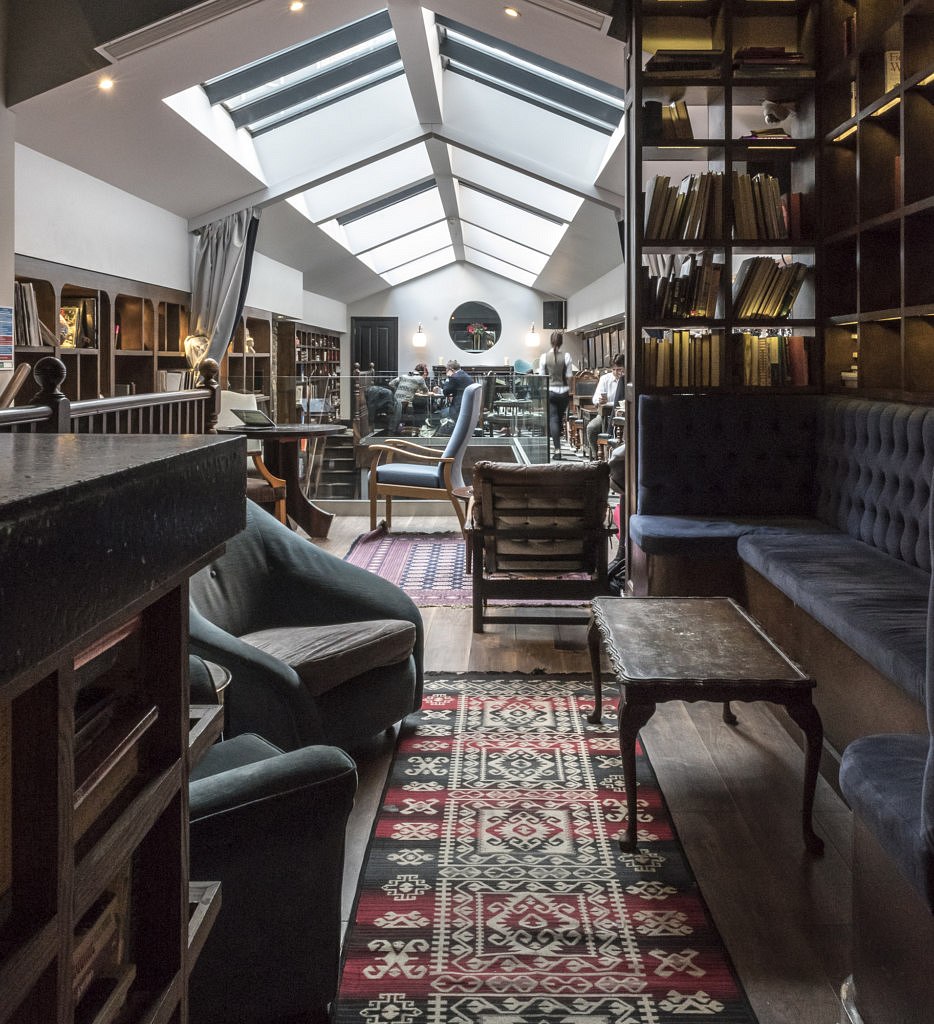
The two founders smile at each other before Pier continues the interview:
Ron, can you briefly go through the components of the space, please?
Ronald explains that in Library there are about 10 000 sq. ft. arranged over 7 floors, including 2 levels of ground floors. At the top of the building, we find the six bedrooms. They are open for everyone to rent, though members have the priority and get a discount. Moving to the floors below, there is a lounge with a bridge and a hair salon and, beneath that, there is the main ground floor with a stage and the main bar. On the next level of ground floor there is a nice restaurant, on the lower ground floor, you find the wellness room with a fitness studio, showers, and lockers. Finally, there is a reception in the front of the building that is filled with books and gifts. All in all, it is a space created to make people stay for whole days.
And, have you ever done any changes to the club since you opened? Pier Asks.
“Yes,” Ronald replies and informs us that the reception with the books used to be different. “When we opened, the desk was long ways facing the opposite wall, but we turned it around. However, the thing with this building is that we built in favour, so it feels like we build something new every year: First of all, we opened the rooms in August 2013, then we opened the two floors with the private dining room and the main lounge in July 2014. The year after, in May 2015, we opened the restaurant and, finally, the wellness area in 2016, meaning every year there has been something new coming to the club.”
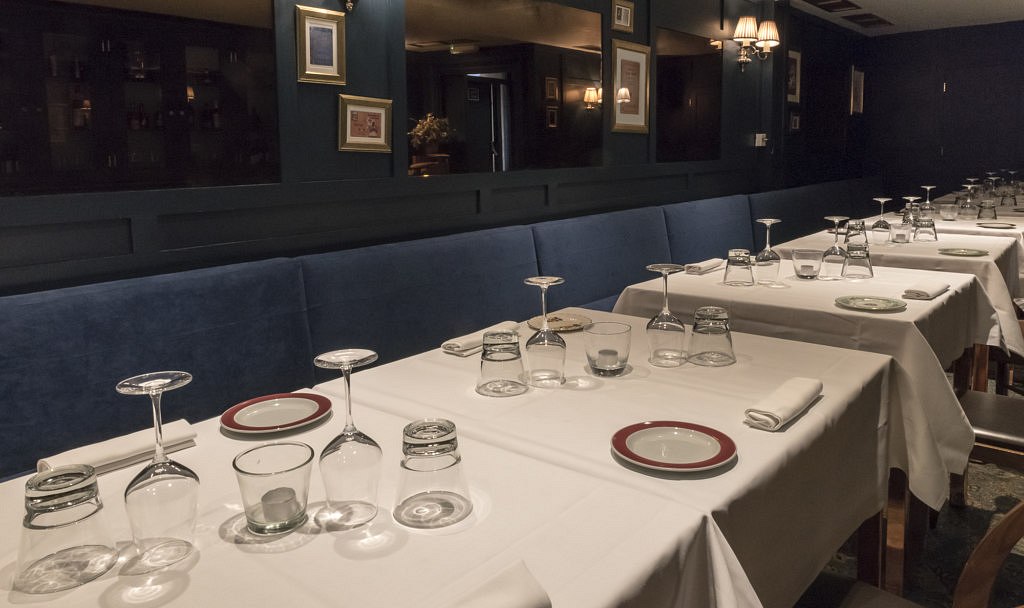
Moving on to another subject, Pier asks: Who are your typical members?
“Well, we focus on literature, theatre, and design.” Ronald starts. “We actively go looking for people working in those fields to get them to become members, and as a result, we have a great amount of members from that sector. Although, having said that, we also have a lot of people that come from other fields as well, but literature, theatre, and design is our core demographic.”
And, how do you manage and engage the community?
Ronald says that they do a lot of different things: “We have a membership council, which is comprised of ten members that overlook things, such as maintaining our values, our social program, and our charity, which is one charity per year that is picked by our members. That’s one way of engaging members.”
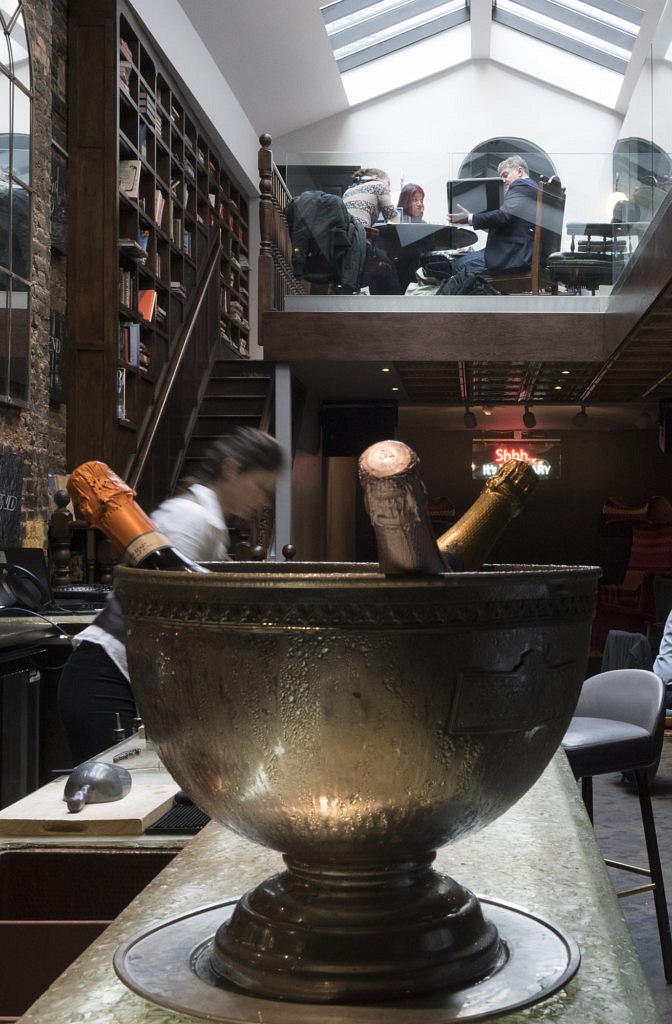
“Further, we also have what I think is one of the best cultural engagement programs in the UK. It is basically an events program, which means that every day there is something for members to engage in and most of the content is created by and for the members, such as members hosting book events. Actually, the best way to engage people is through networking events and also by getting people who are similar and like-minded to talk and meet. As a matter of fact, we do active outreach between our members if we feel there is a connection between them.”
One more question about your members; can they drop in during the day, bring their laptops and work? Pier continues.
“Yes, that’s exactly what they do! If we go downstairs right now, most people would be sitting in meetings or on their laptops and having a coffee or lunch because that’s what they actually use the space for.”
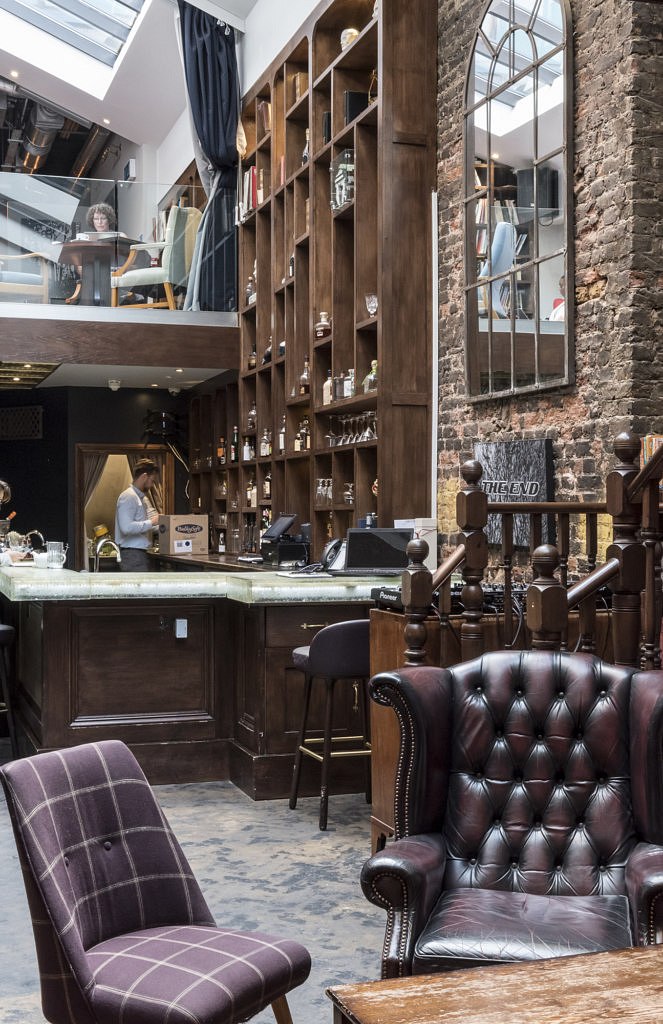
Taking the interview to the next level Pier asks:
What differentiates your club from other private member’s clubs in London?
And Ronald explains: “I think that our focus area is different to anyone else because I think the combination of literature, theatre, and design is specific to us. I also know that our location is quite unique, as well as the library theme. Also, the audience that we generally attract with the club is different from everywhere else. There is someone out there who is looking for what we offer versus what other clubs offer. I think these are our main differences.”
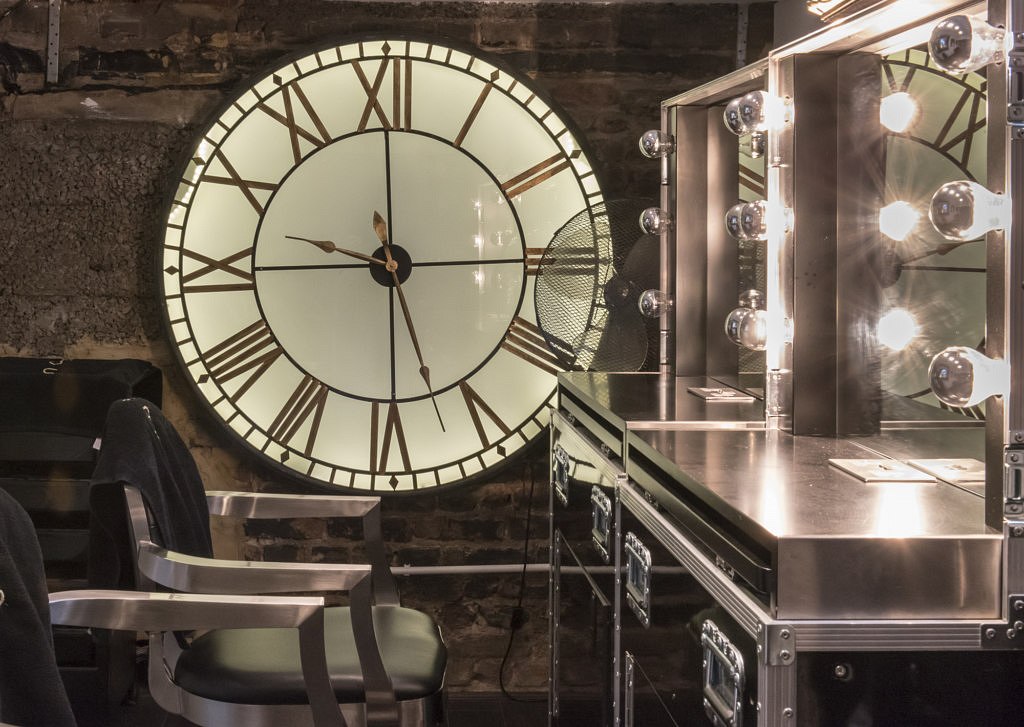
Pier: Finally, I would like to ask; what are your plans for the next two to five years?
“I think like with anything new, you have to make sure that it works and that people like your product before doing anything else.” Ronald replies and then he explains: “That’s the first step and I think we are doing that just fine at the moment. The second step would be to look for scaling opportunities. I think this idea in particularly would work amazingly in New York. So, if the time is right and all the things come together, I believe that is what we would be looking to do. So in conclusion, our future plans consist of the process of consolidation, growth, and then scaling, but only when it is the sensible thing to do at the right moment.”
Thank you for your warm welcome and great hospitality, Ronald!
Now, do not forget to pop by to read next week’s feature where Pier Paolo Mucelli has been visiting the Tobacco Dock!
